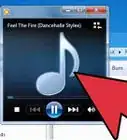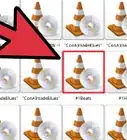Everything you need to know for starting an internet radio station from home
This article was co-authored by Isabelle Garson. Isabelle Garson is a Social Media Expert based in the San Francisco Bay Area. With 10 years of experience, she works in social media strategy and content production. She specializes in music and cannabis marketing and has worked with international touring artists. Isabelle studied graphic design at the Academy of Art University. Additionally, she holds a certification from Sprinklr Research Analyst Pro.
There are 8 references cited in this article, which can be found at the bottom of the page.
wikiHow marks an article as reader-approved once it receives enough positive feedback. In this case, 100% of readers who voted found the article helpful, earning it our reader-approved status.
This article has been viewed 323,940 times.
Creating an internet radio station is easy to do! Internet radio stations are accessible from anywhere in the world. This makes it a popular service for expatriates and for listeners with interests not adequately served by local radio stations. Internet radio stations offer content across genres that is simulcast over the web with a netcast stream.
Steps
Setting Up Your Gear
-
1Find a designated space. Though having an online radio station is accessible and simple, it is still nice to create your own designated studio space.
- If you can find a corner of a room in your home or a small room where you can add acoustic enhancement.
- You'll want to keep your computer there as your base of operation, along with a large desk.
-
2Get a microphone.[1] You don't need much gear to create an internet radio station. However, if you plan on talking on your radio show or inviting guests to your station, you'll want to invest in a good microphone.
- Consider how many people you want to have on your station speaking at a time.
- If you only plan on streaming music with no talk breaks, you won't need a microphone.
Advertisement -
3Consider acoustics. If you do plan on speaking a lot on your radio station, you'll want to think about improving the acoustics of your studio area.
- To listen for the acoustics in your room, walk around and clap your hands. Listen to see if your hear a harsh ringing or a light reverberation.[2]
- If you hear something closer to the ringing, you'll want to add some acoustic treatment.
- Add acoustic panels to your walls. If you can, make the furniture in this area plush and add soundproof foam.
-
4Consider a simpler alternative to a radio station. Depending on the type of content you want to produce, creating a podcast can be an easy way to put out digital audio content on a regular schedule.[3] People can follow your podcast and listen at their leisure.
- Most podcasts are in MP3 format and shared either through iTunes, Soundcloud, or both.
- The advantage of a podcast is that many people are already familiar with the format and follow other podcasts. When you post a new podcast, it will send out notifications to your followers.
Configuring the Software
-
1Decide how you want your stream delivered. Icecast is a common user friendly service that many people choose to use.
- Icecast is a GPL streaming media server project that currently streams in MP3 format, and the software plans to soon add support for video and Vorbis formats.'
-
2Download and install your streaming service. To download Icecast, simply go to the Icecast website, and choose the program that is compatible with your operating system.[4]
- Follow the installation instructions as they appear on your screen.
- Run Icecast2 Win32.
-
3Download, and install winamp. This will allow your streaming services to work correctly. Once you finish downloading winamp, you'll need to download SHOUTcast.
- Install Winamp, to your preferences, but don't run it until you install the SHOUTcast DSP.
- If you don't want to use winamp, there are plenty of other alternatives that are also free. Look into using services like Foobar or XMPlay.
- If you have a Mac, consider using a service like the VLC media player or Clementine.[5]
-
4Download the SHOUTcast DSP and the SHOUTcast server. [6] While Icecast is your main server, this is the software that will actually allow you to stream and broadcast your music or audio in conjunction with winamp.
-
5Adjust winamp preferences. Then, click Options, and next Preferences.
- On the left side of the window scroll down, and click on DSP/Effect. Then, click on Nullsoft SHOUTcast Source DSP.
- In the SHOUTcast Source window that appears, click on output.
- In the address box, put localhost, if you're serving on the same machine as you are going to DJ on, which is normally the case in a home studio. Enter the IP address of your computer.
- Leave the default port at 8000.
-
6Click Yellowpages to set your stream's name. In the description, change the name from Unnamed Server to your preferred name.
- In the URL box, you insert the address for the website, which represents your stream.
- In genre, you can put what kind of music you play.
-
7Run the SHOUTcast DNAS server. Minimize Winamp, and open the SHOUTcast configuration file (sc_serv.ini).
-
8Connect to winamp. Then, on the SHOUTcast DSP window, click Connect.
Designing Your Station
-
1Create a name. You can change the name of your radio station, but it's recommended that you decide on your main name early on and stick with it. Even though your platform isn't traditional radio, you still want to create a catchy name that users will remember. Look up other radio station names for inspiration.[7]
- An internet radio station has no naming restriction guidelines or formats.
- However, consider playing off of traditional radio stations and including a number in your title. For example, you might call you station, 103 The Mountain.
- Keep your name short and easy to pronounce.
-
2Grow your audience. Growing your listener base is an integral part of beginning your internet radio station journey.[8]
- Since your station is online, consider promoting through your social media platforms. Create a Facebook page and Twitter account for your station.[9] Update these regularly.
- When you ask people to listen, make it very clear what link they need to follow.
- Be patient. Growing an audience takes time.
-
3Advertise your radio station. You want to get the name of your station out into the world, and make people want to tune in. Make sure to promote in appropriate places.
- After you create your social media pages, invite your personal social media friends to "like" them.
- Create short snippets of radio interviews that have happened that you can use to promote ongoing shows.
- Consider emailing your favorite bloggers and asking them to give your station a listen and a shoutout if they like.
- Post links to your station in places like Reddit.
- Host a giveaway. Getting people to tune in to your station for a giveaway can be a good way to get that initial contact and listen.
-
4Create cohesive content. Whether your radio is primarily talk comedy or heavy metal, you want to stay consistent. You'll have to create a niche to generate a regular audience.
- For music, cohesion doesn't necessarily mean a singular genre. For example, you could center your station around music from the '80s and play music from a few genres.
-
5Stay consistent. You want your listeners to know when they can expect to listen to your music and what they will hear.
- Create regular segments on your station that play certain things.
- Update your social media with what you are currently playing or what listeners can expect that day or that hour.
-
6Plan your shows in advance. You'll want to have well thought out content for your internet radio station.
- This allows you to execute your streaming smoothly, and clue listeners in on what you'll be playing in the future.
-
7Start to monetize. Once you gain an audience, advertisers may be interested in your station.
- Because your station is online, you can reach out to advertisers in companies that aren't necessarily localized to your area.
- Think about your content and what kind of audience you most likely have. You want to cater to this audience.
- Keep ads brief. Because there are so many music streaming services available, listeners are unlikely to stay tuned in to your channel if your ads are too long.
Expert Q&A
-
QuestionHow do I start a successful internet radio station?
 Isabelle GarsonIsabelle Garson is a Social Media Expert based in the San Francisco Bay Area. With 10 years of experience, she works in social media strategy and content production. She specializes in music and cannabis marketing and has worked with international touring artists. Isabelle studied graphic design at the Academy of Art University. Additionally, she holds a certification from Sprinklr Research Analyst Pro.
Isabelle GarsonIsabelle Garson is a Social Media Expert based in the San Francisco Bay Area. With 10 years of experience, she works in social media strategy and content production. She specializes in music and cannabis marketing and has worked with international touring artists. Isabelle studied graphic design at the Academy of Art University. Additionally, she holds a certification from Sprinklr Research Analyst Pro.
Social Media Expert Get your programming dialed in! Realistically look at how many hours a day you can commit to having live talent on your station versus public domain or licensed music. It's also important to have some sort of niche or direction for what your internet radio station offers (so you seem unique from other radio stations).
Get your programming dialed in! Realistically look at how many hours a day you can commit to having live talent on your station versus public domain or licensed music. It's also important to have some sort of niche or direction for what your internet radio station offers (so you seem unique from other radio stations). -
QuestionWhere do I find legal information on broadcasting music that isn't my own?
 Community AnswerYour best bet is to look up DMCA law. There are basic licenses available for $500 per year through Sound Exchange. This will allow you to play music without having to individually license songs. If you do not want to pay Sound Exchange, you can collect waivers from independent artists and use exclusively independent and creative commons music.
Community AnswerYour best bet is to look up DMCA law. There are basic licenses available for $500 per year through Sound Exchange. This will allow you to play music without having to individually license songs. If you do not want to pay Sound Exchange, you can collect waivers from independent artists and use exclusively independent and creative commons music. -
QuestionI have started an online station that plays gospel music and music with inspirational/motivational messages. How do I get sponsors to keep it on the air?
 Community AnswerTry emailing companies and asking, especially companies you know would be sympathetic to a religious message. You could also make announcements during your programming explaining that you are looking for sponsors to help keep the station going.
Community AnswerTry emailing companies and asking, especially companies you know would be sympathetic to a religious message. You could also make announcements during your programming explaining that you are looking for sponsors to help keep the station going.
Warnings
- You need a fast internet connection in order to handle the stream or a remotely hosted server with a fast connection.⧼thumbs_response⧽
Expert Interview
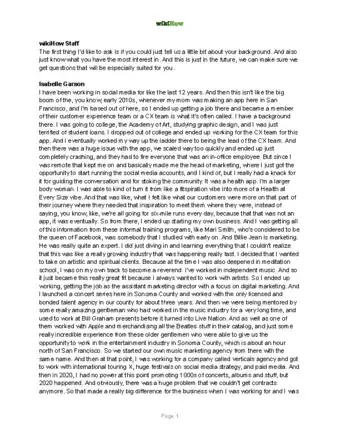
Thanks for reading our article! If you'd like to learn more about starting a radio station, check out our in-depth interview with Isabelle Garson.
References
- ↑ http://thehub.musiciansfriend.com/audio-recording-buying-guides/buying-guide-microphones
- ↑ http://ehomerecordingstudio.com/acoustic-treatment-101/
- ↑ http://www.digitaltrends.com/how-to/how-to-make-a-podcast/
- ↑ http://www.icecast.org/download/
- ↑ http://alternativeto.net/software/winamp/?platform=mac
- ↑ https://www.shoutcast.com/BroadcastNow
- ↑ http://www.digitaltrends.com/how-to/how-to-make-a-podcast/
- ↑ http://www.shoutcheap.com/how-to-get-more-listeners-for-your-radio-station/
- ↑ https://wavestreaming.com/learn/listener-magnet/
About This Article
To create an internet radio station, download and install a streaming service as well as software that will allow you to broadcast your audio. If you plan on talking on air, invest in a good microphone. Also, check to see if there's any reverberating sound in your recording area, which can be eliminated with acoustic panels. Then, decide on a short, catchy name and start growing your audience by promoting on social media sites. Finally, make sure that people have access to the link to your station. To learn more about how to make money from your internet radio station, keep reading!

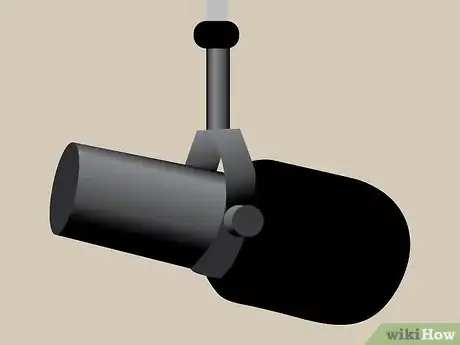


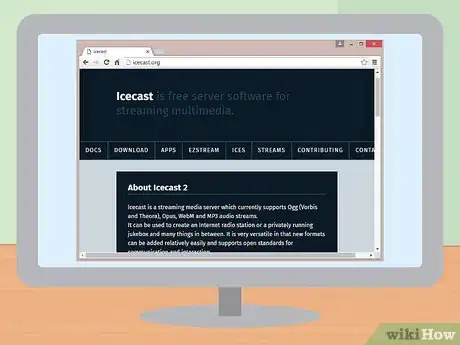
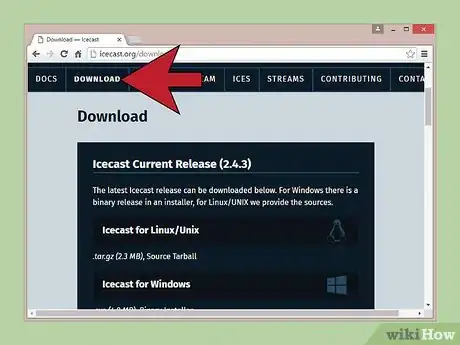
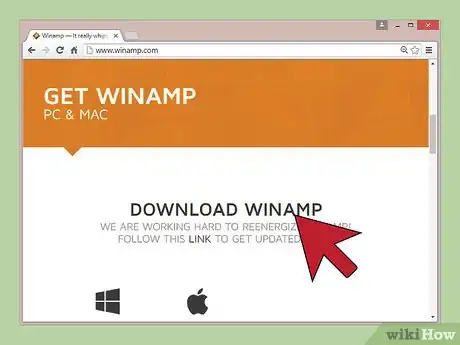
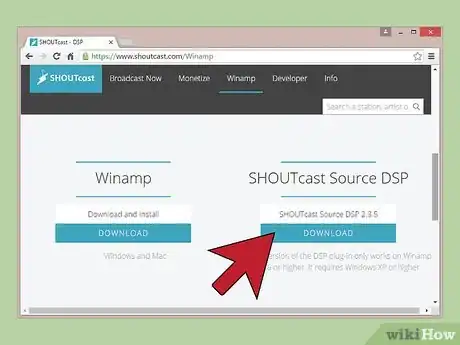
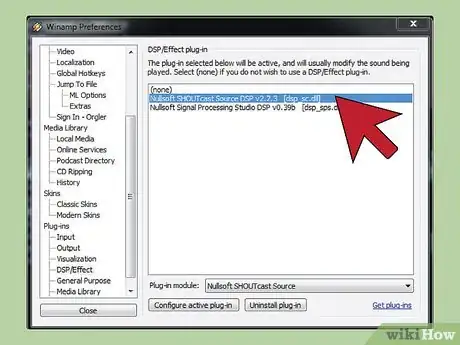
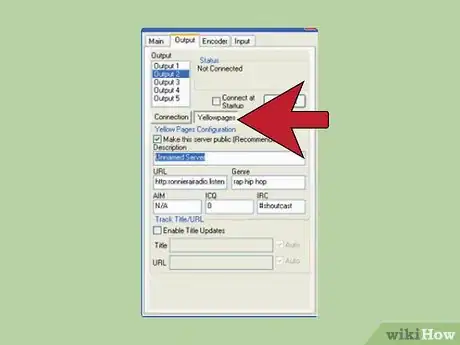
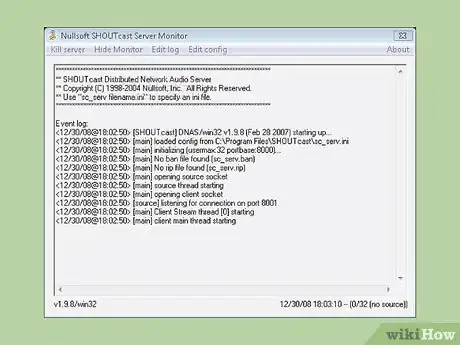
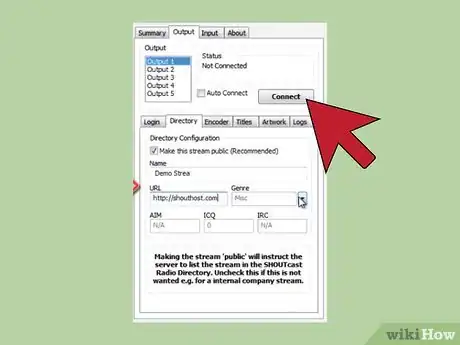
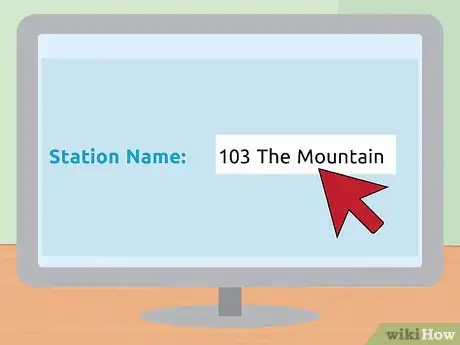
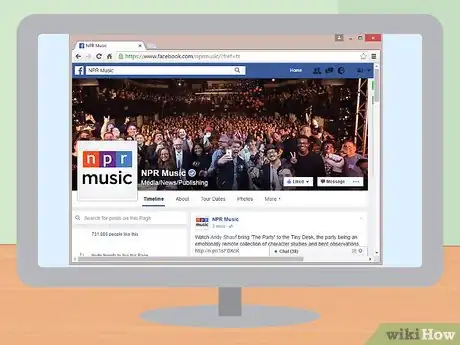
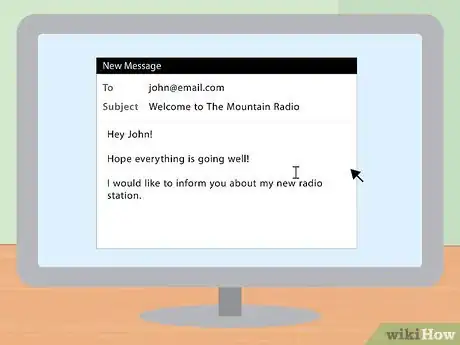
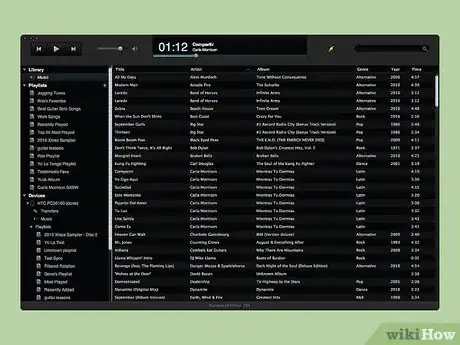



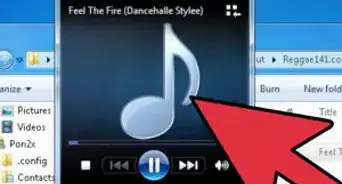

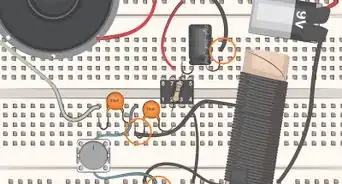
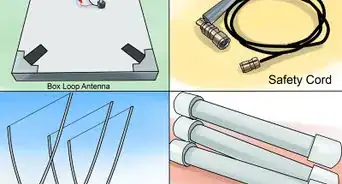
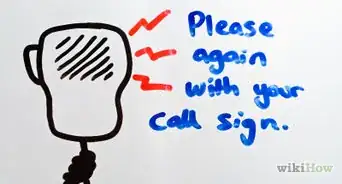


-Step-14.webp)














